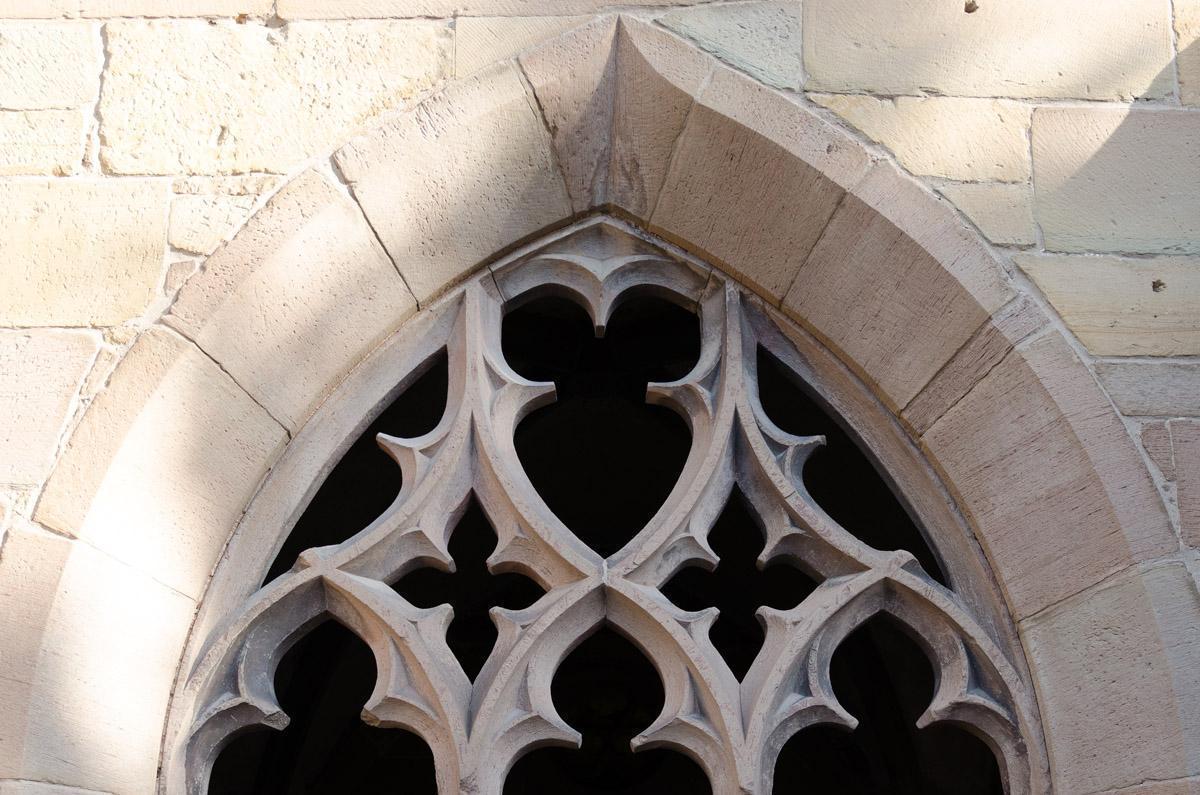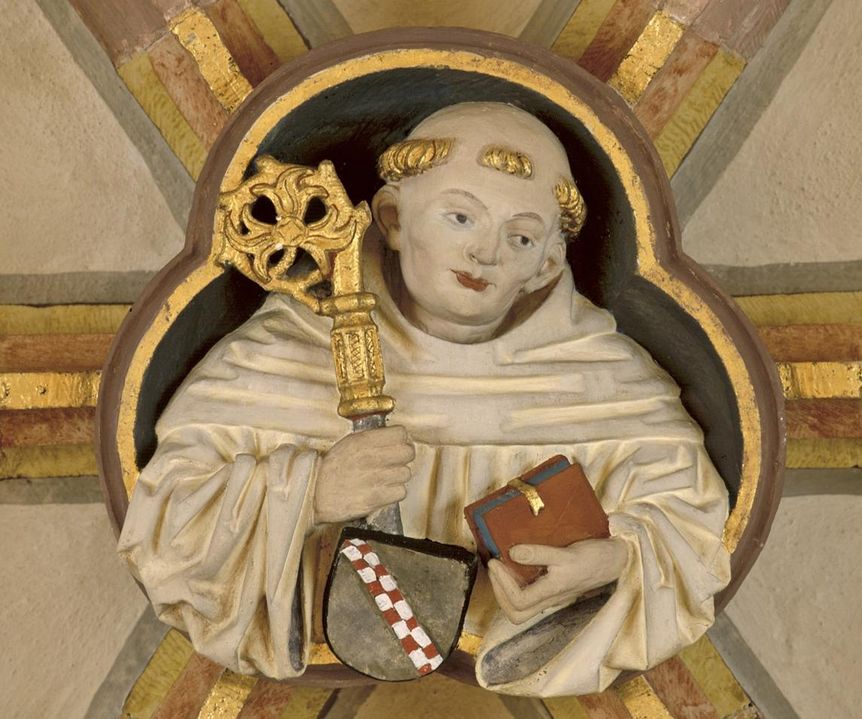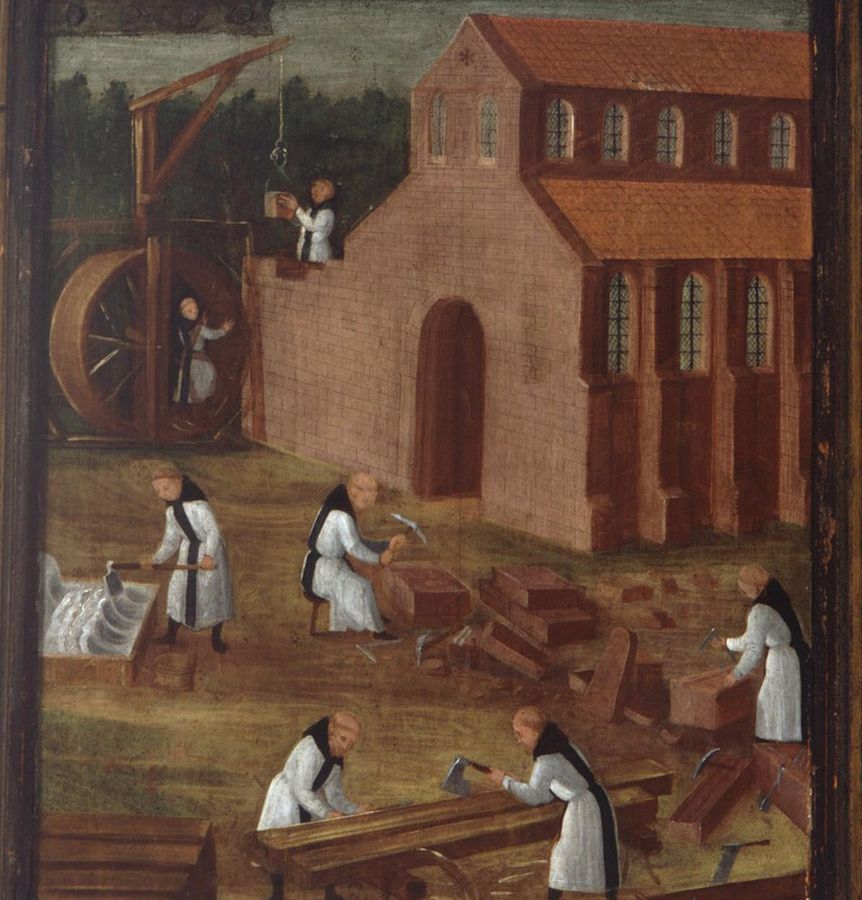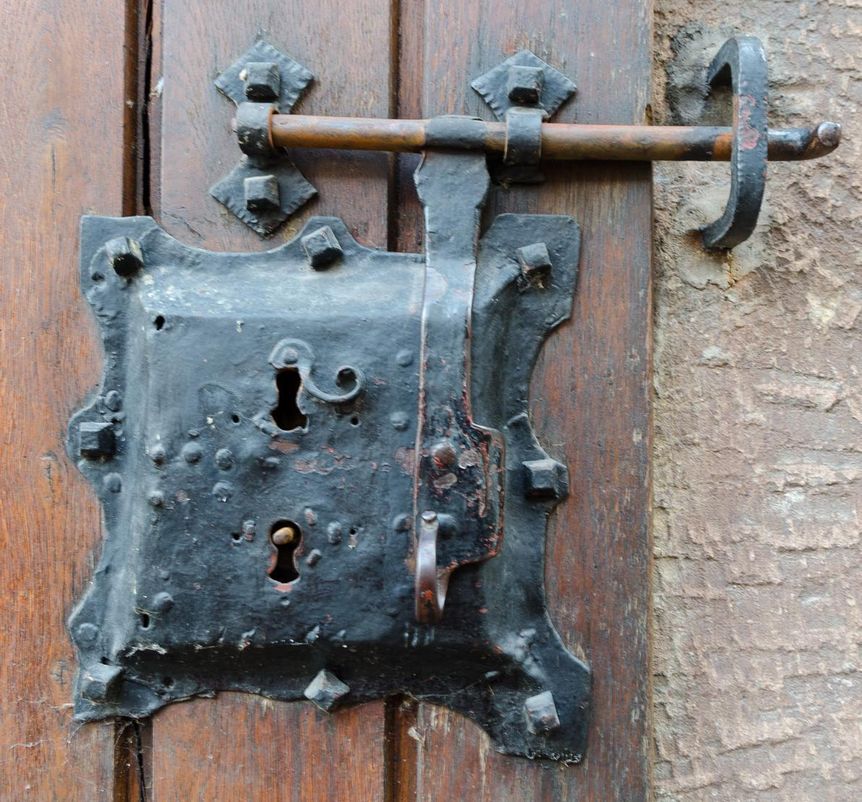Ora et Labora – The ideal of a simple lifeMilestones
Over the course of 400 years, the Cistercians shaped Maulbronn with their lives and works. Stone quarries and soil and water conditions offered the ideal setting for a cultural landscape that still survives to this day, with the monastery at its center.






